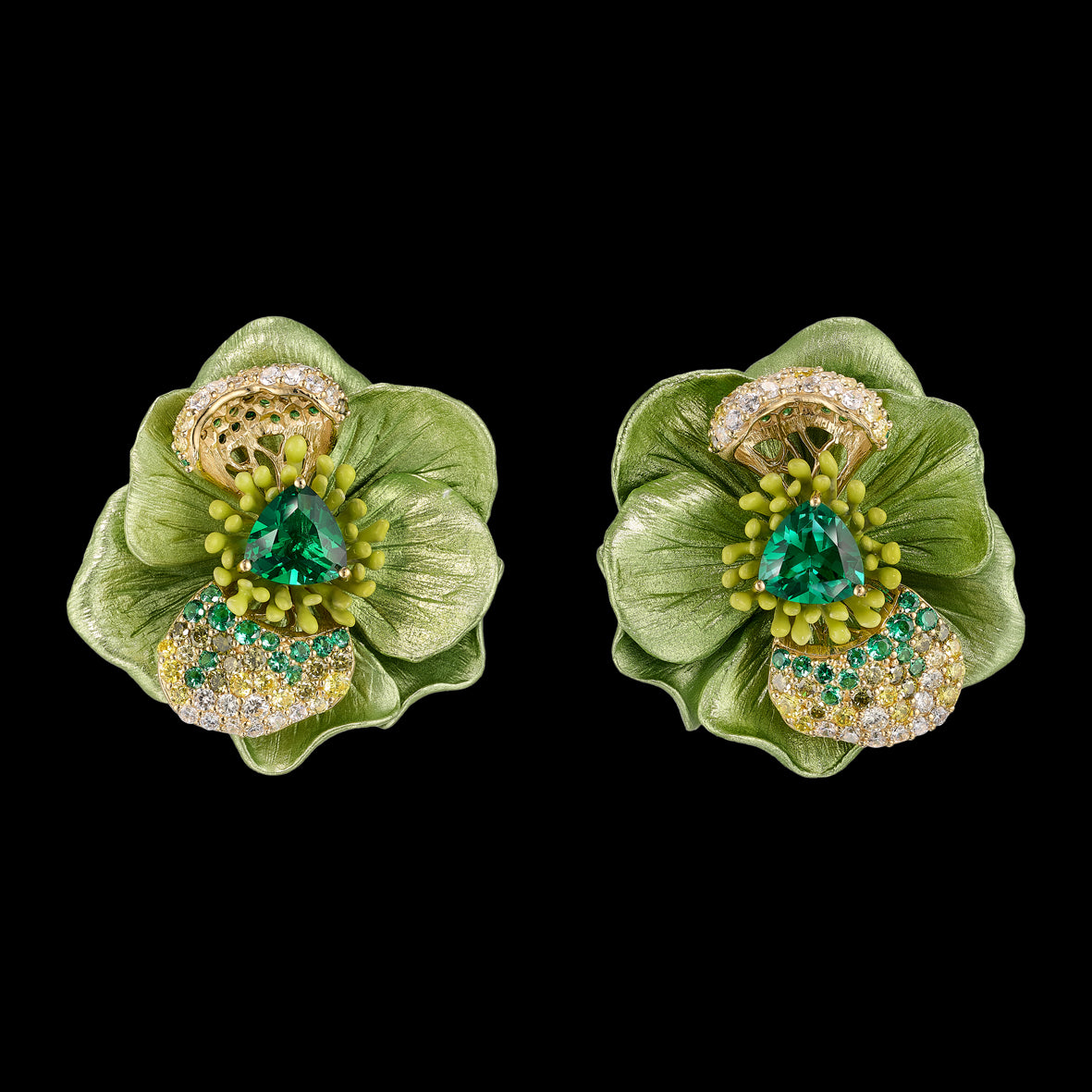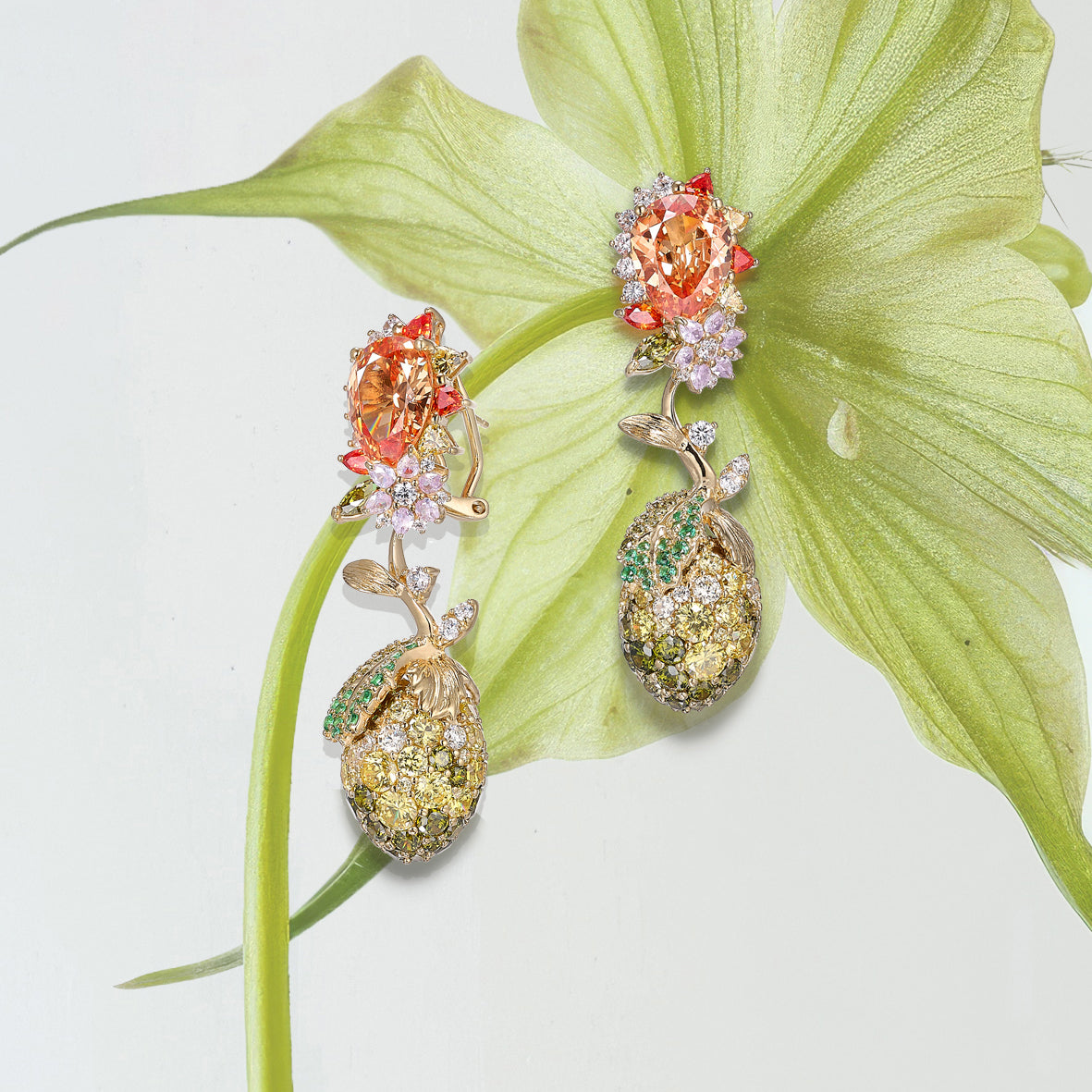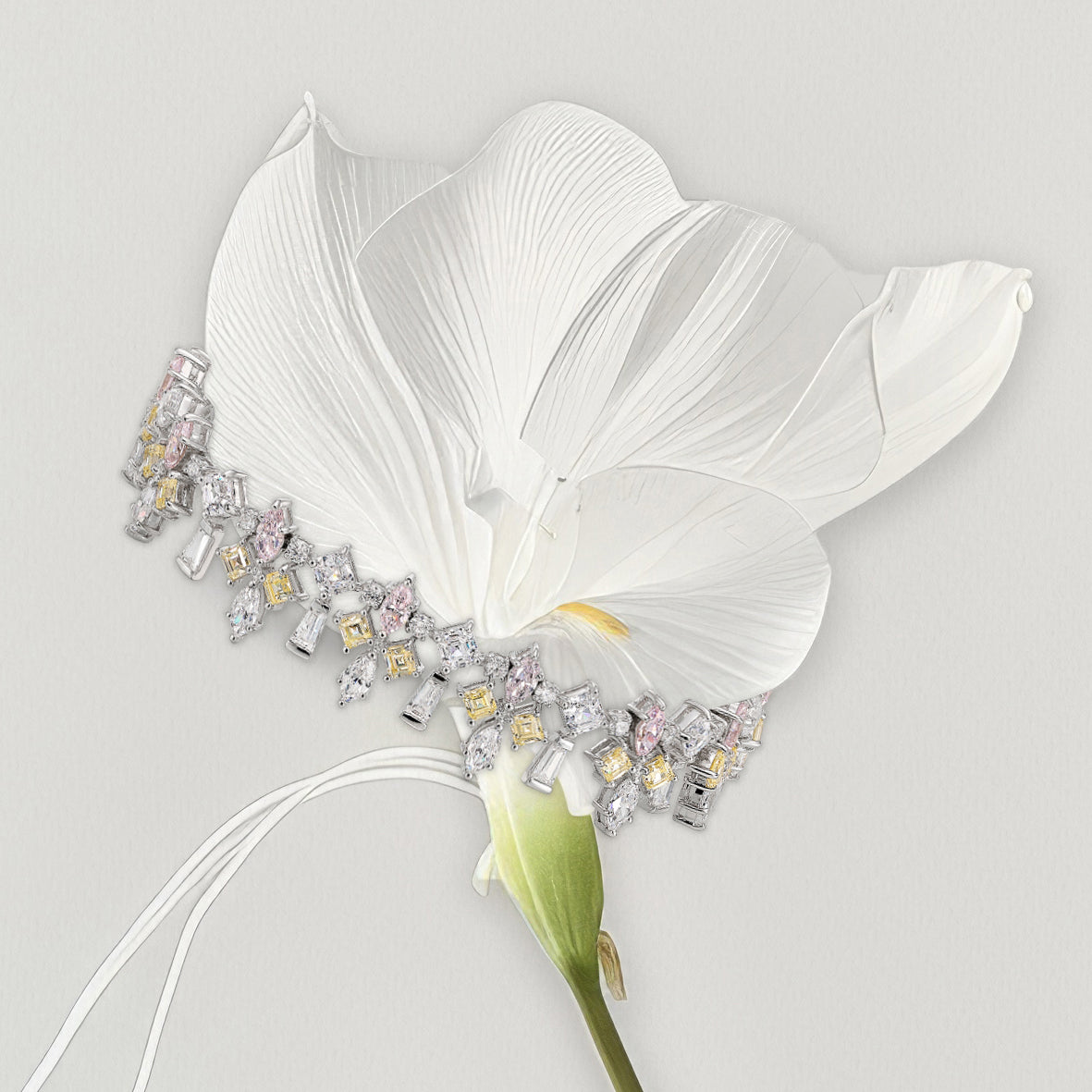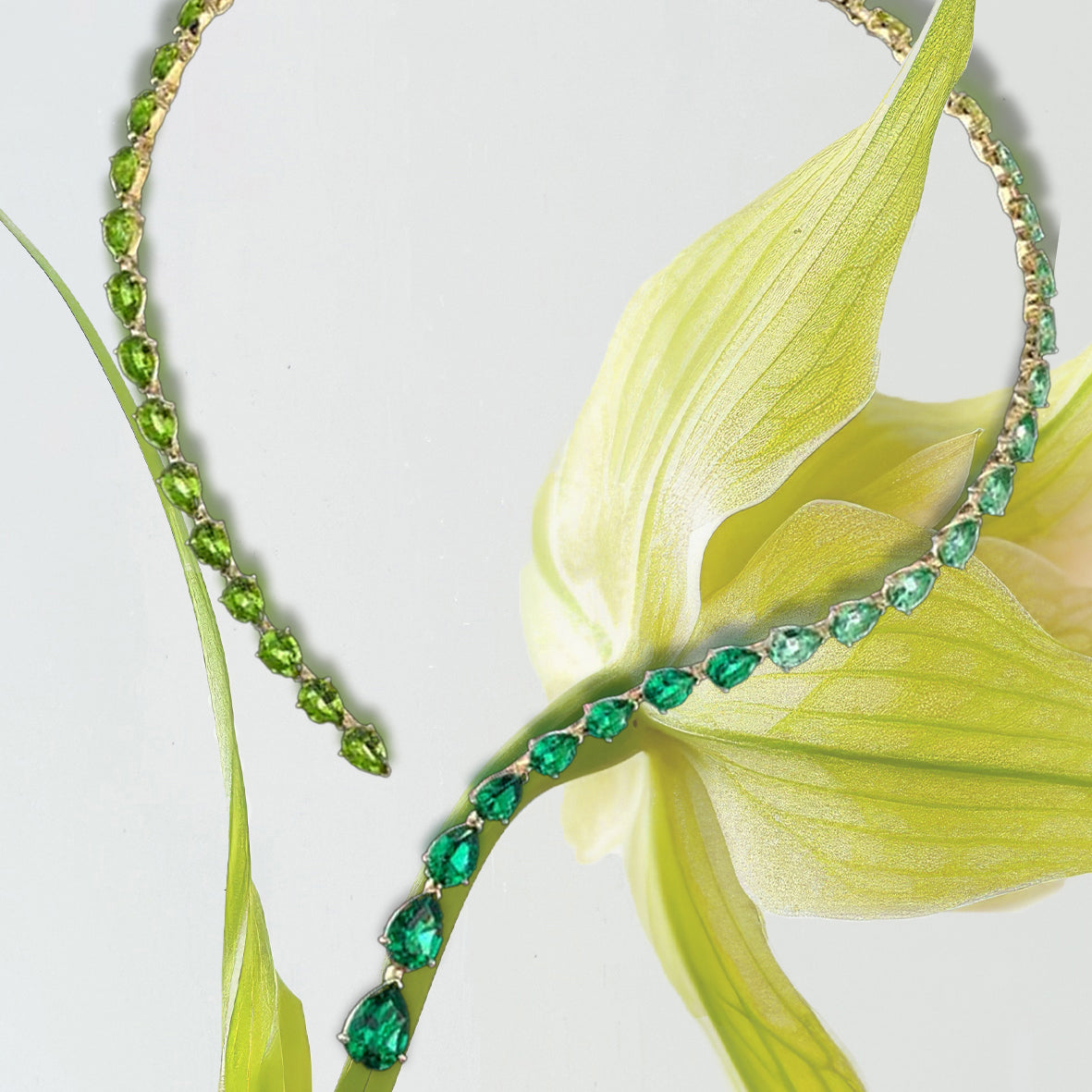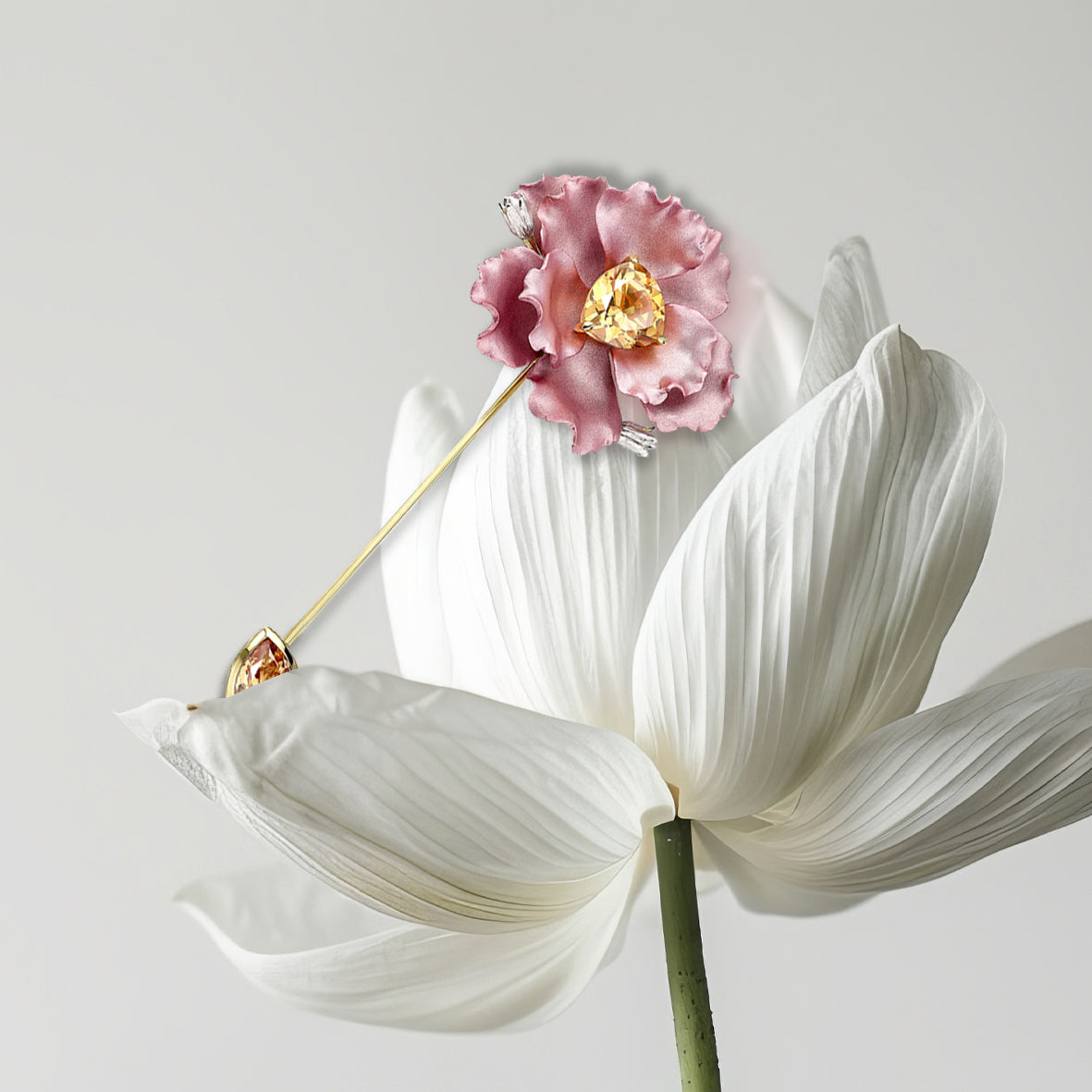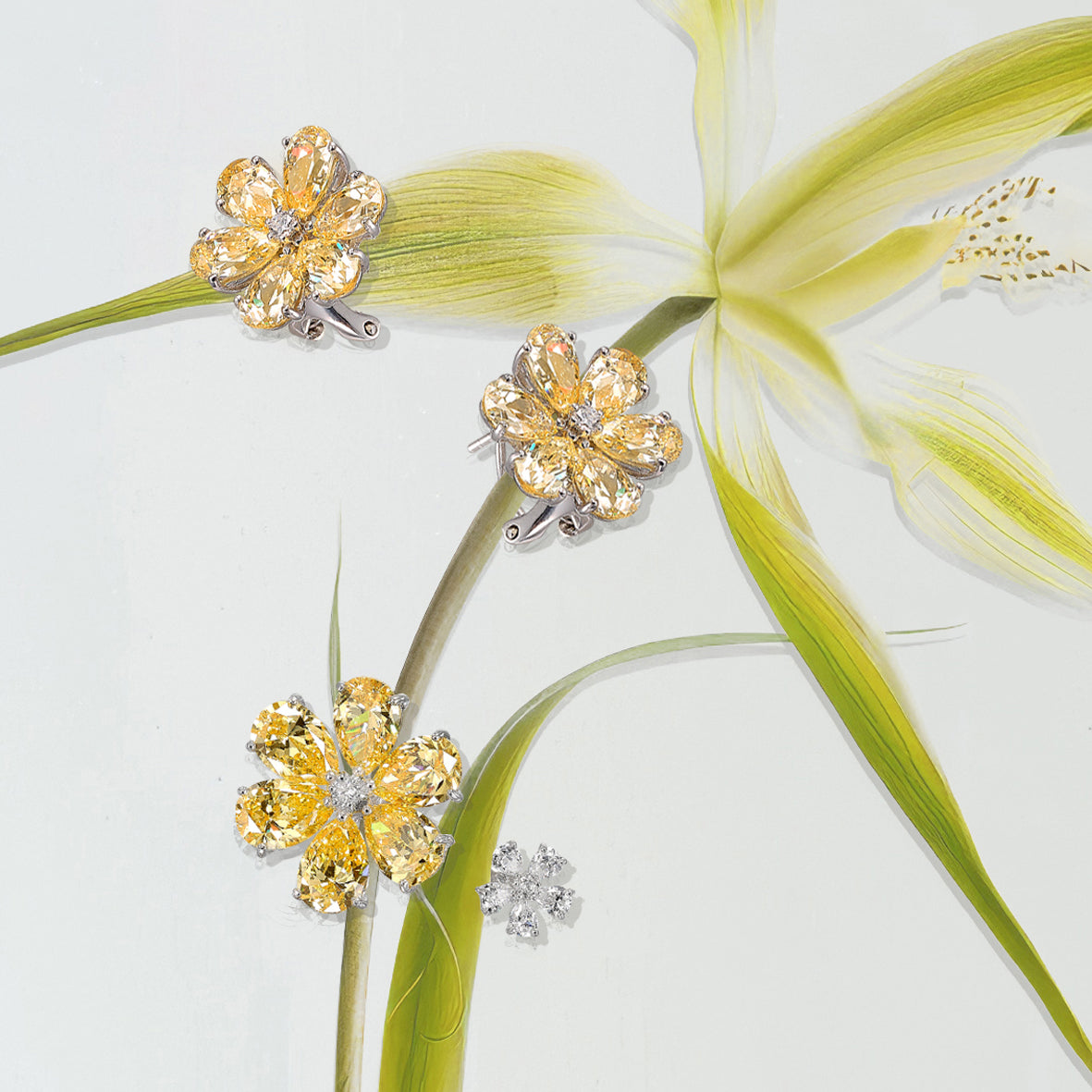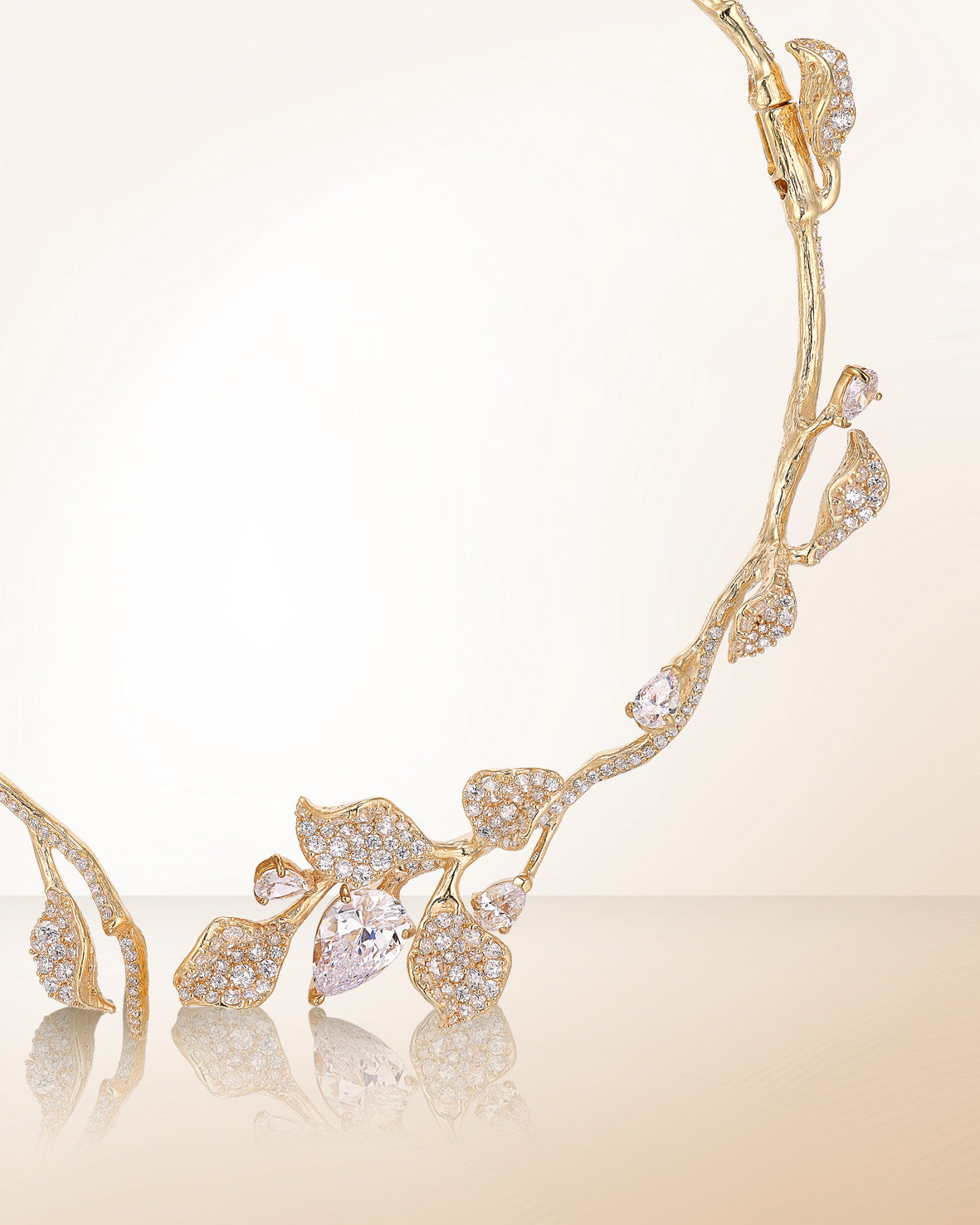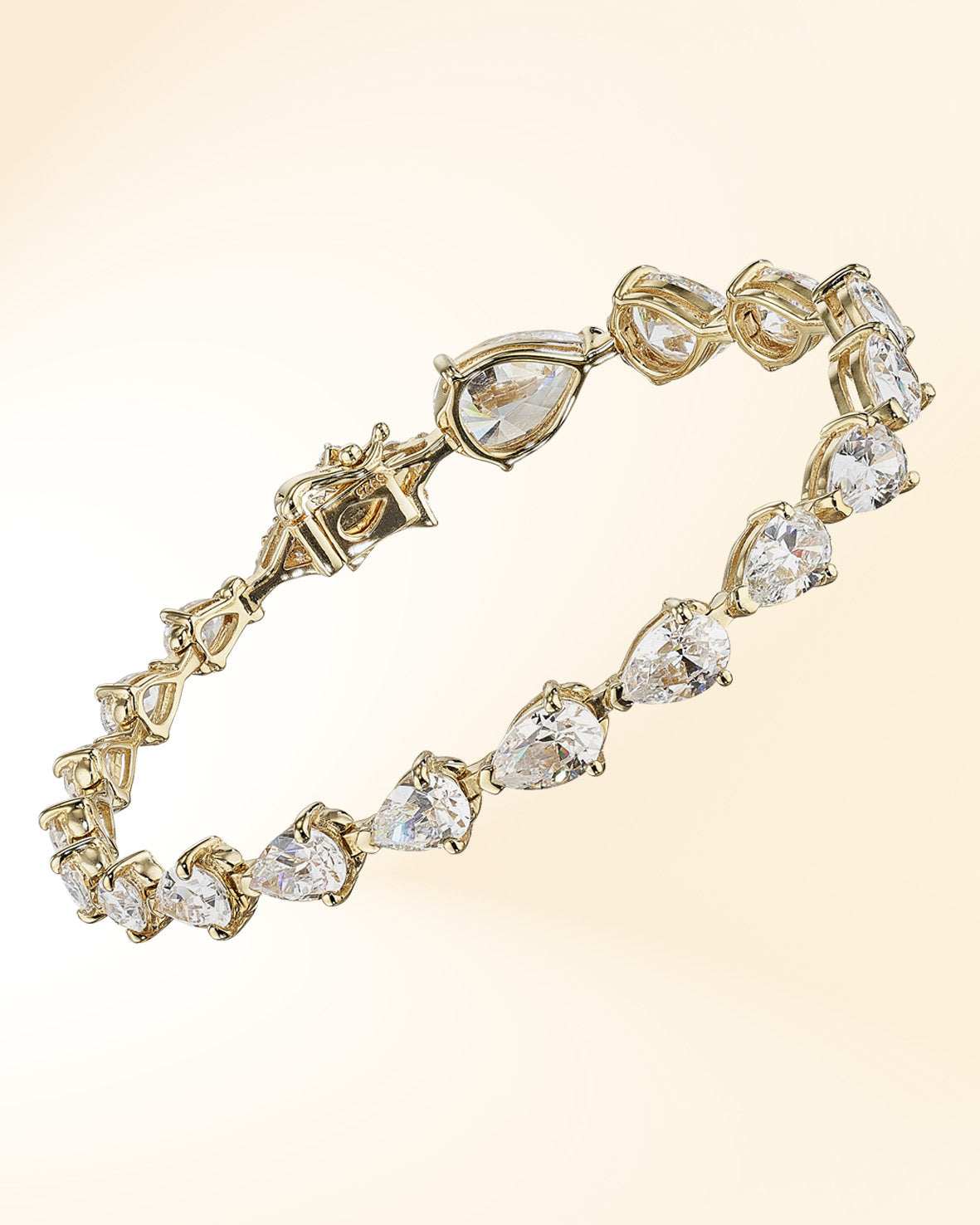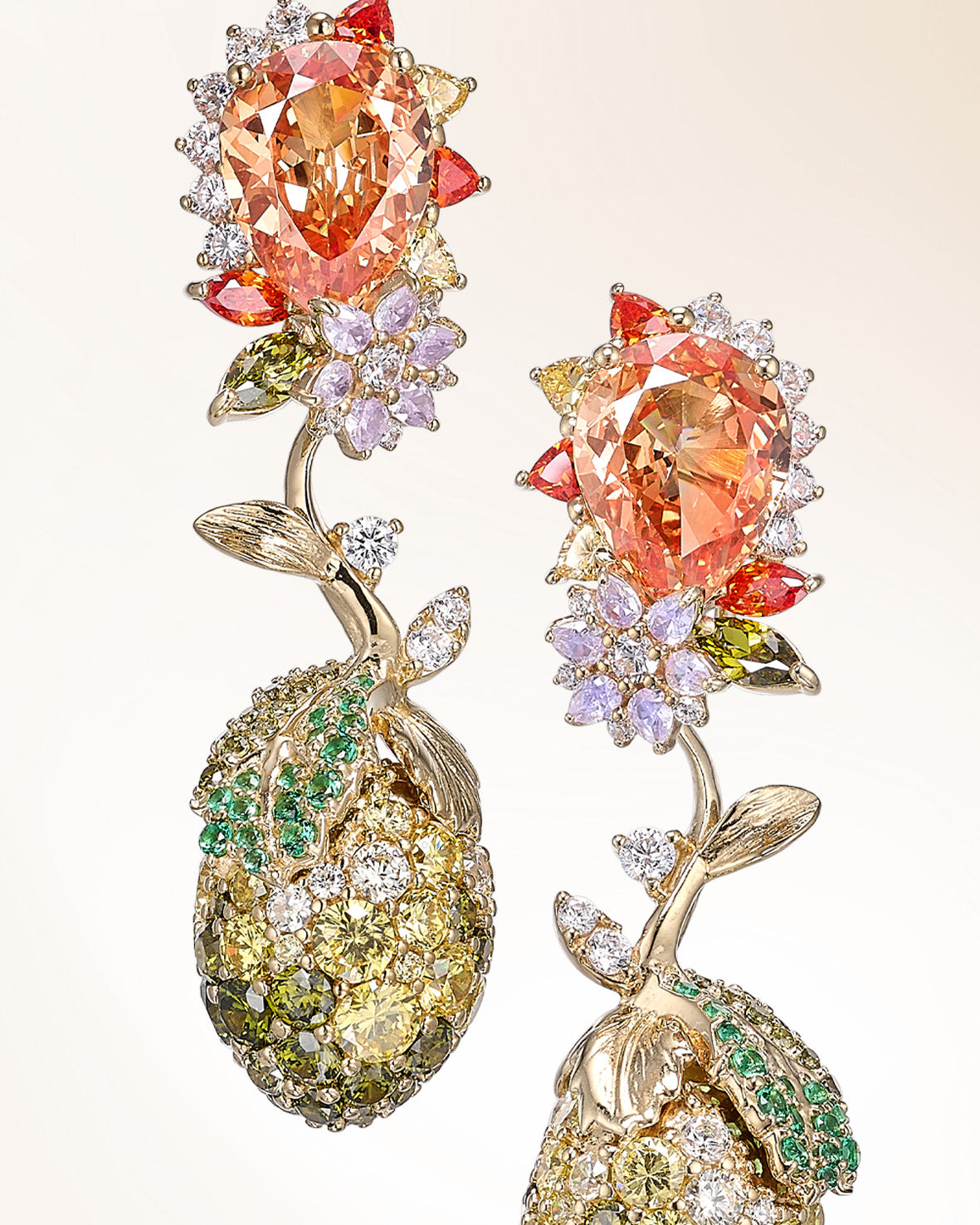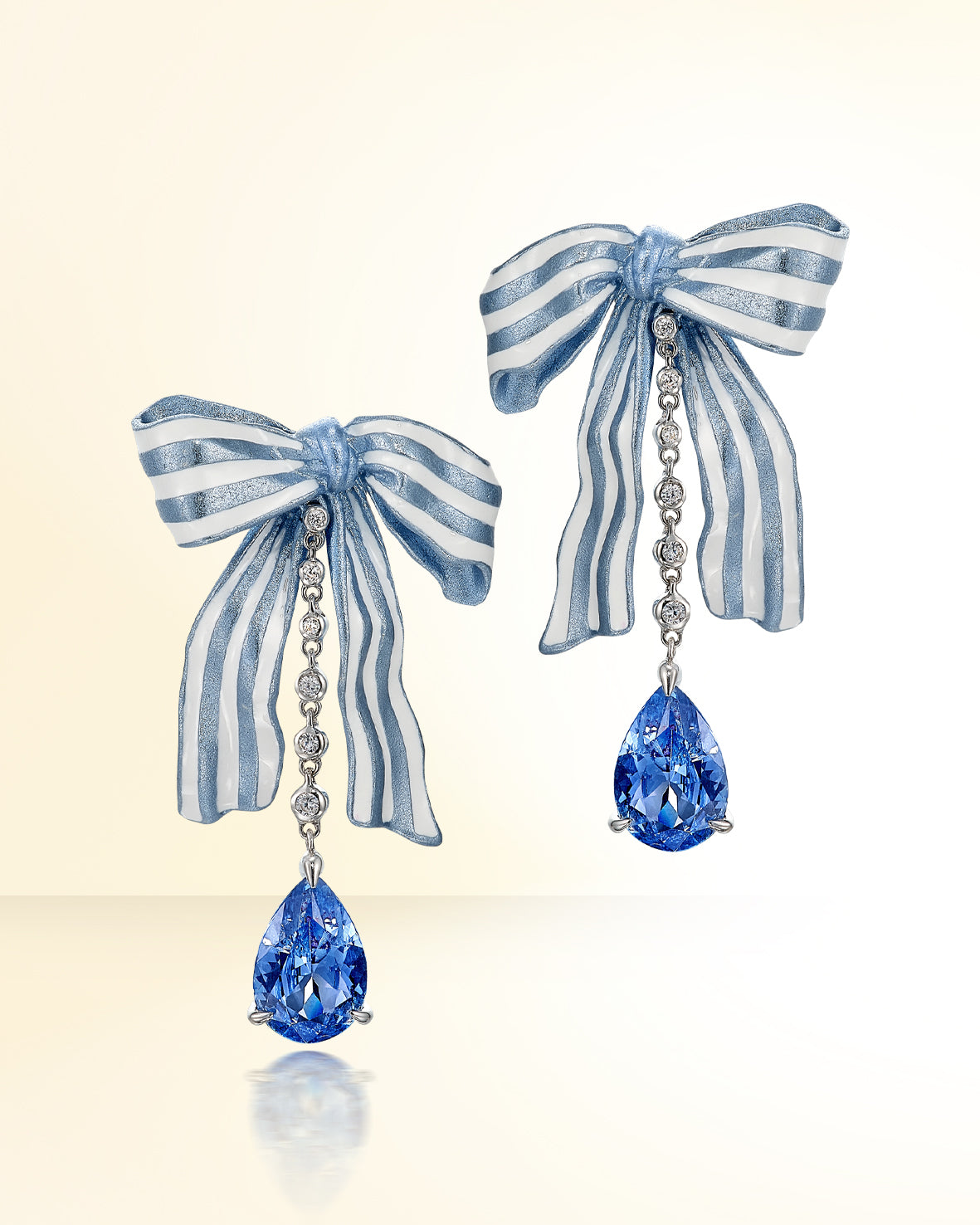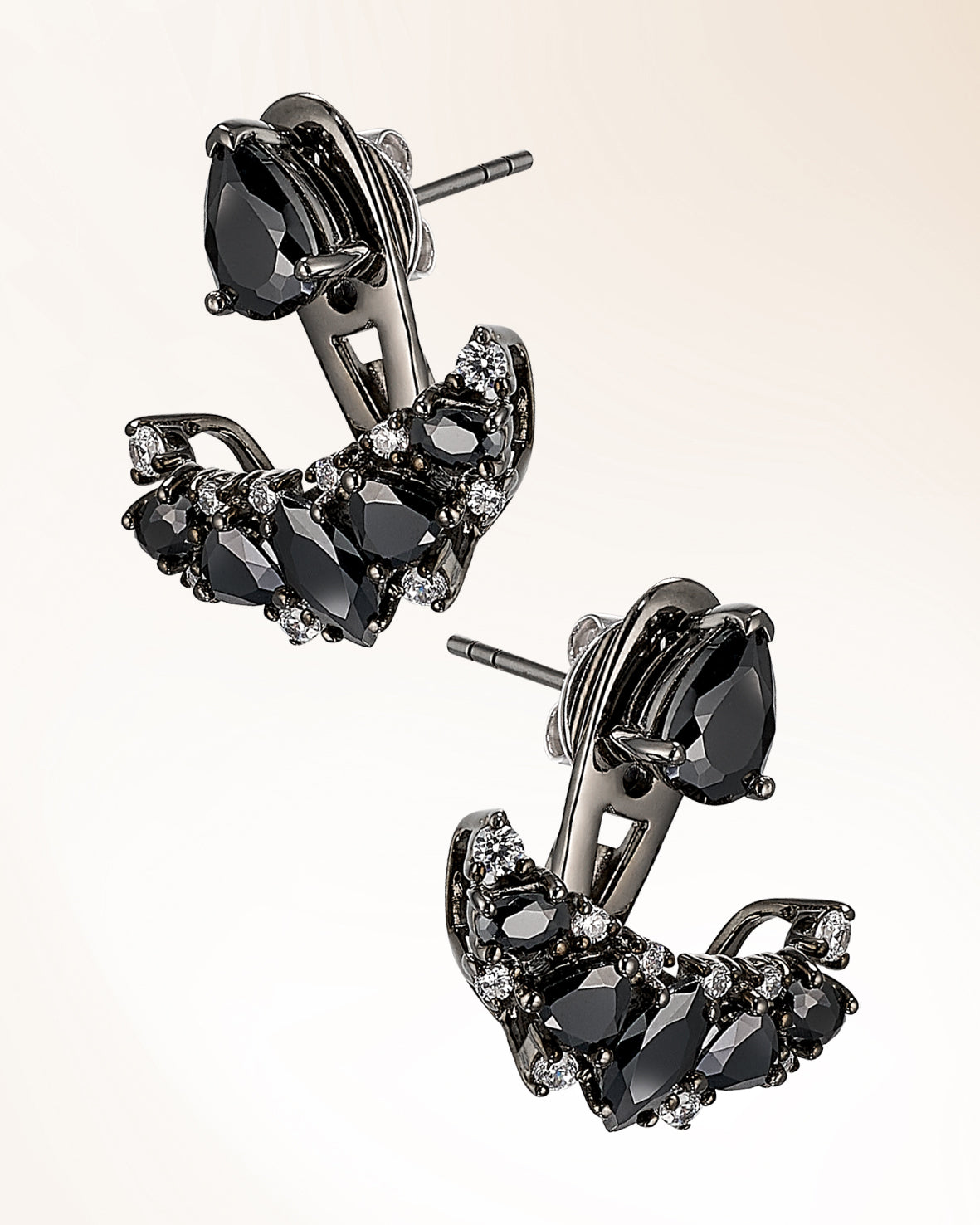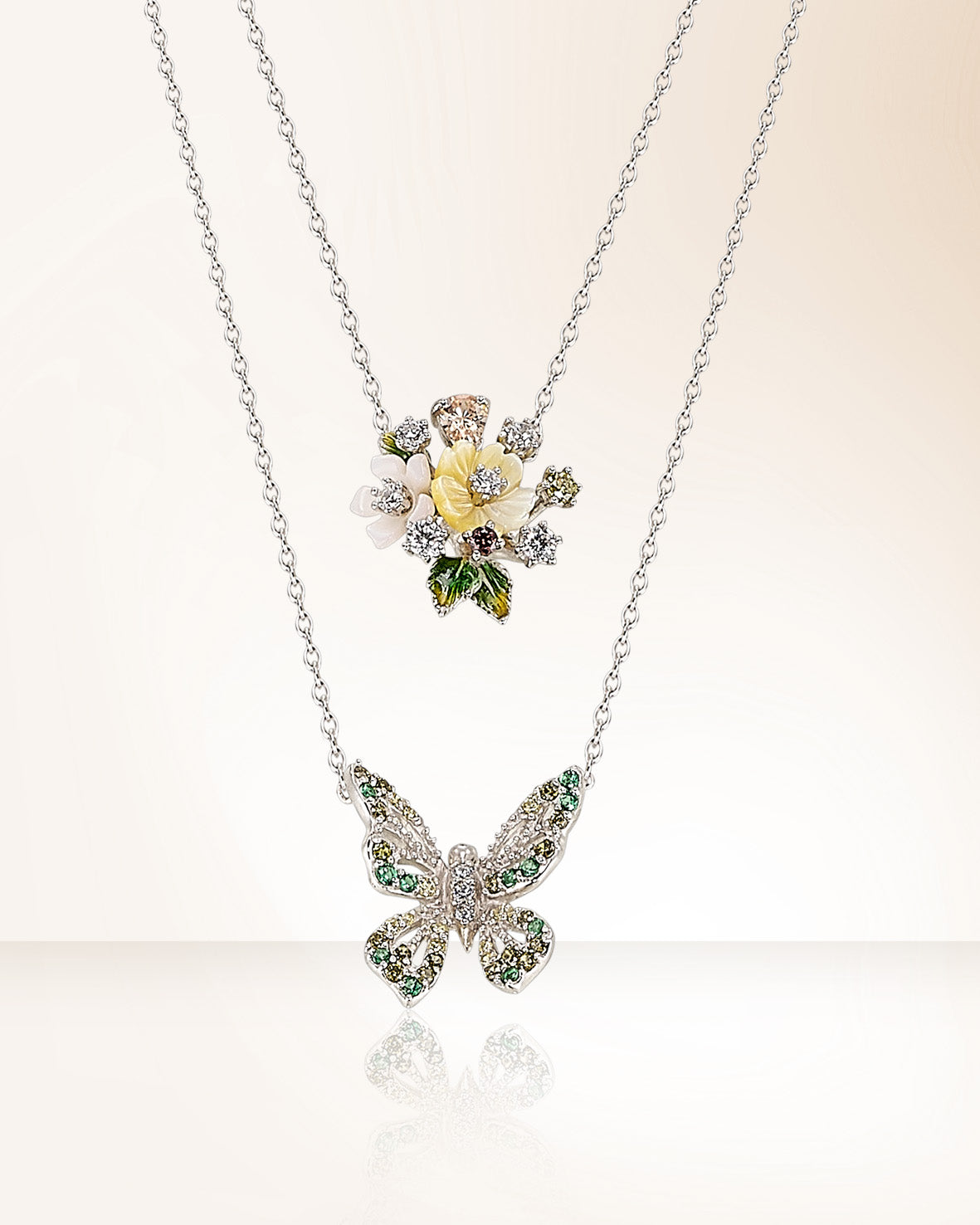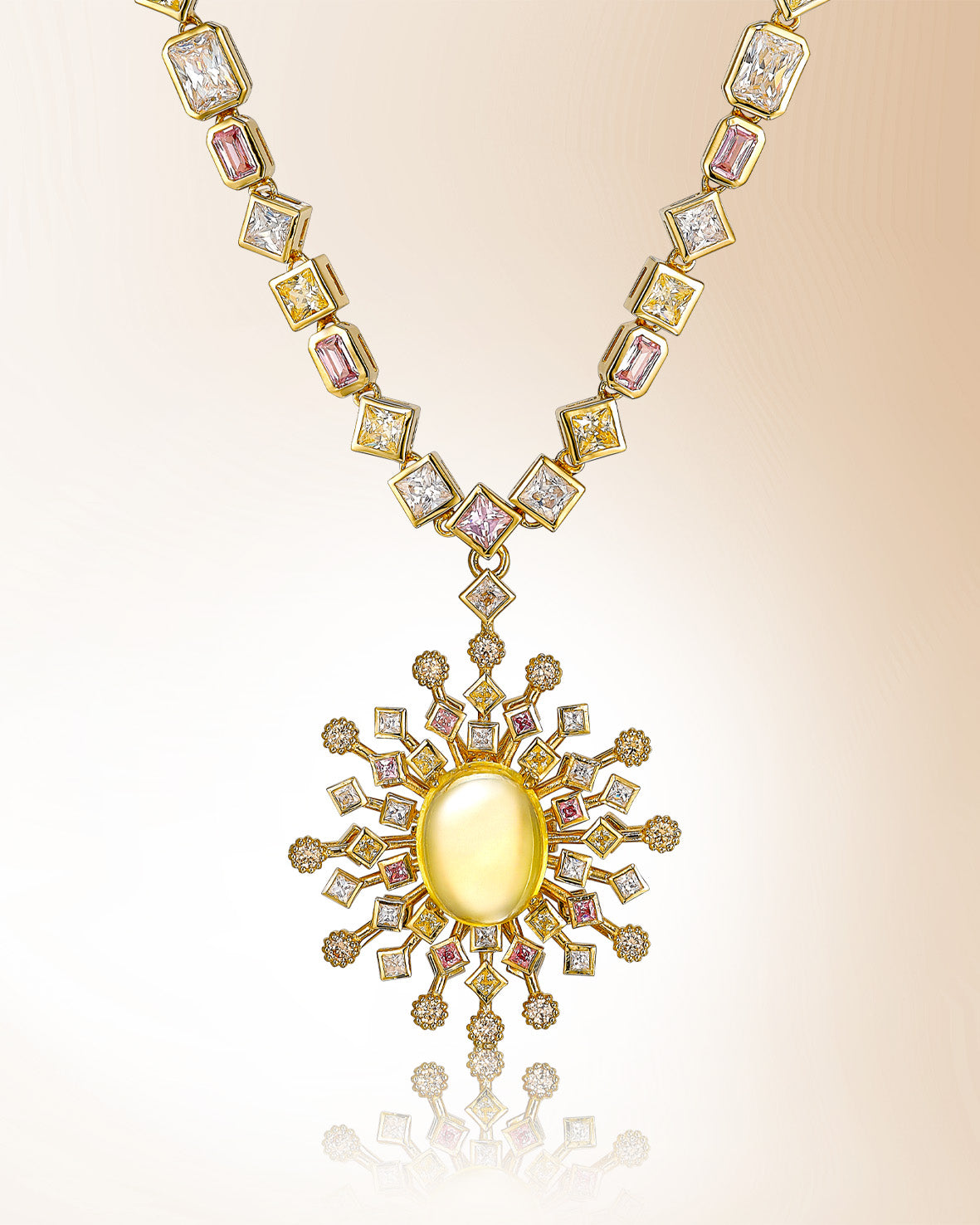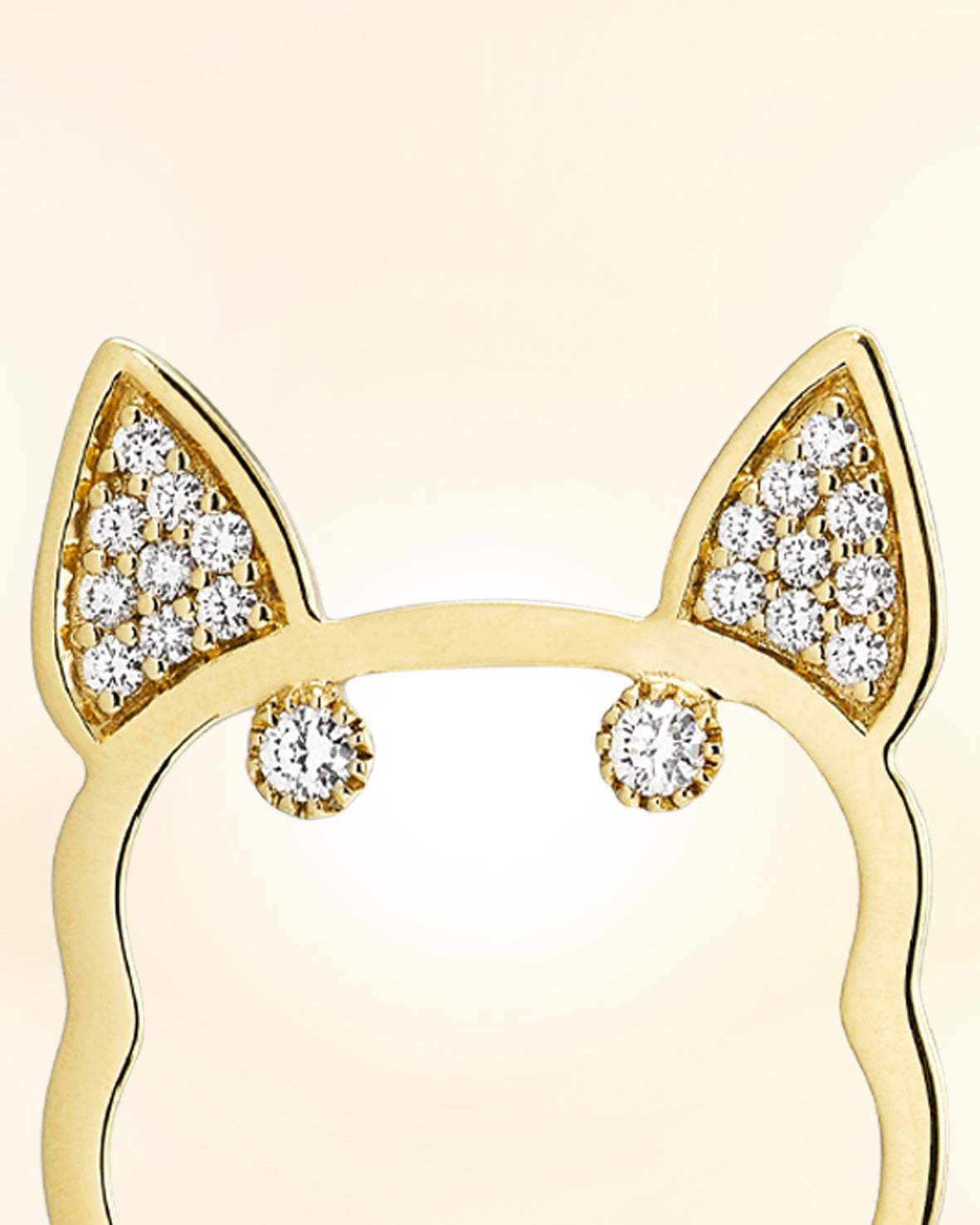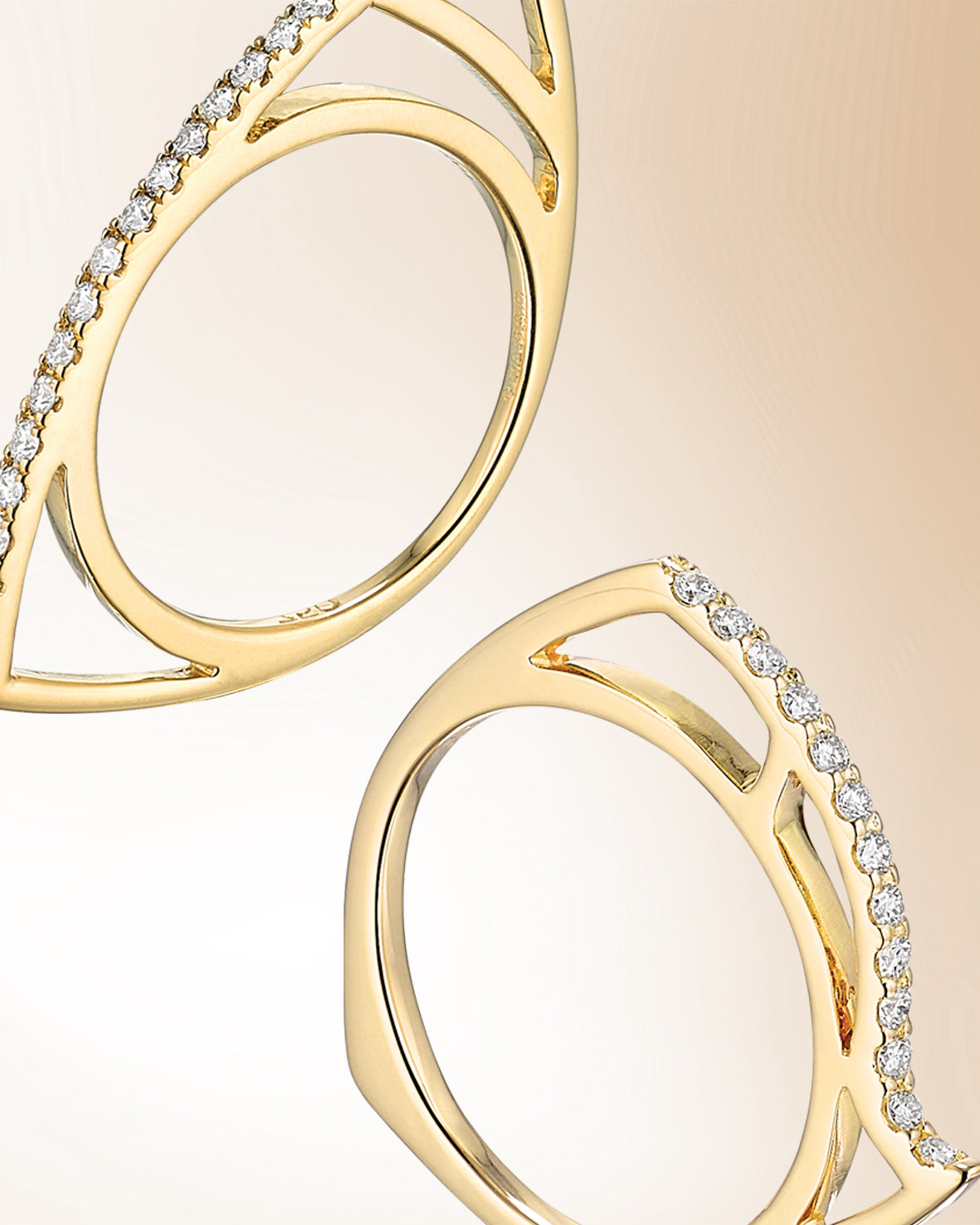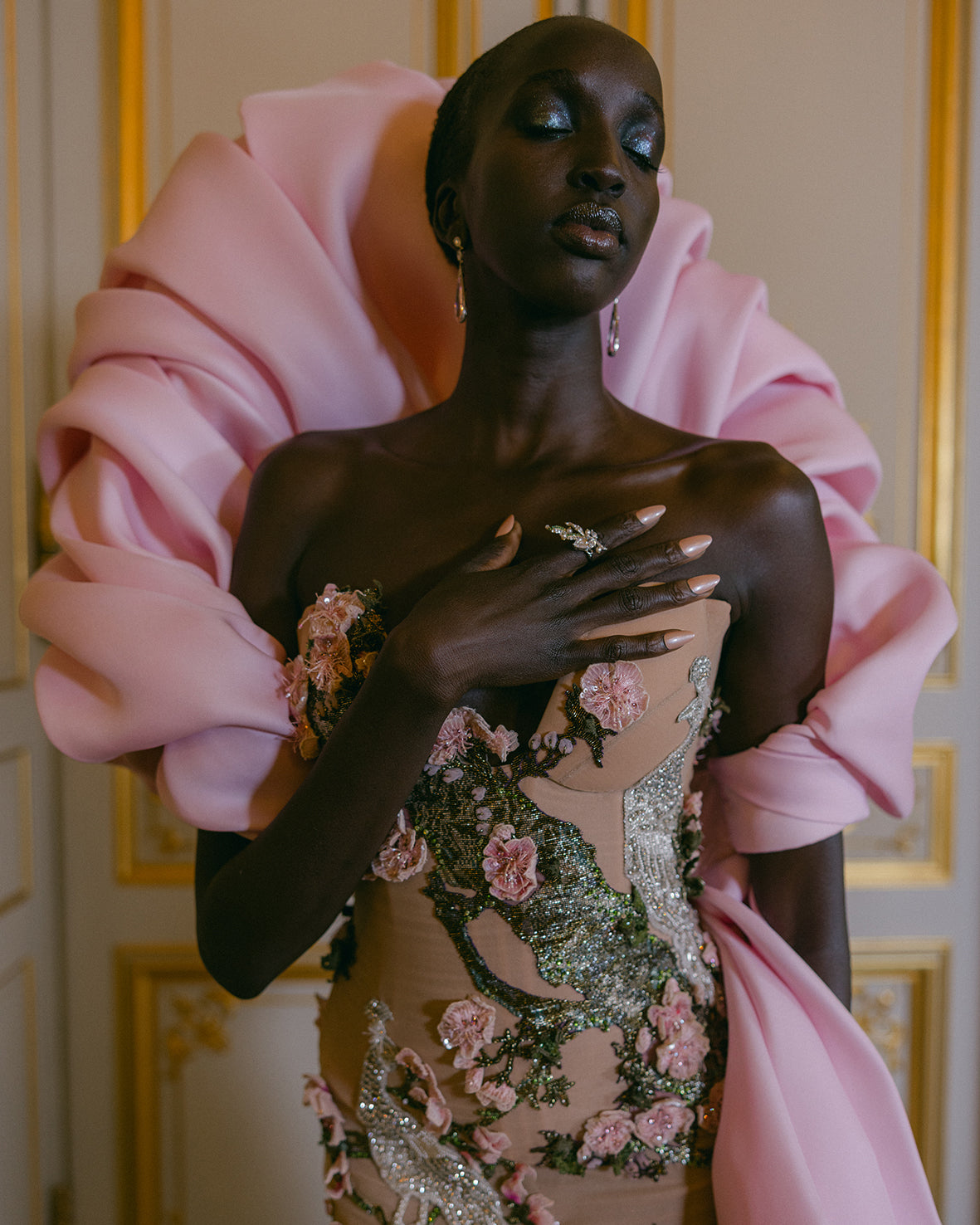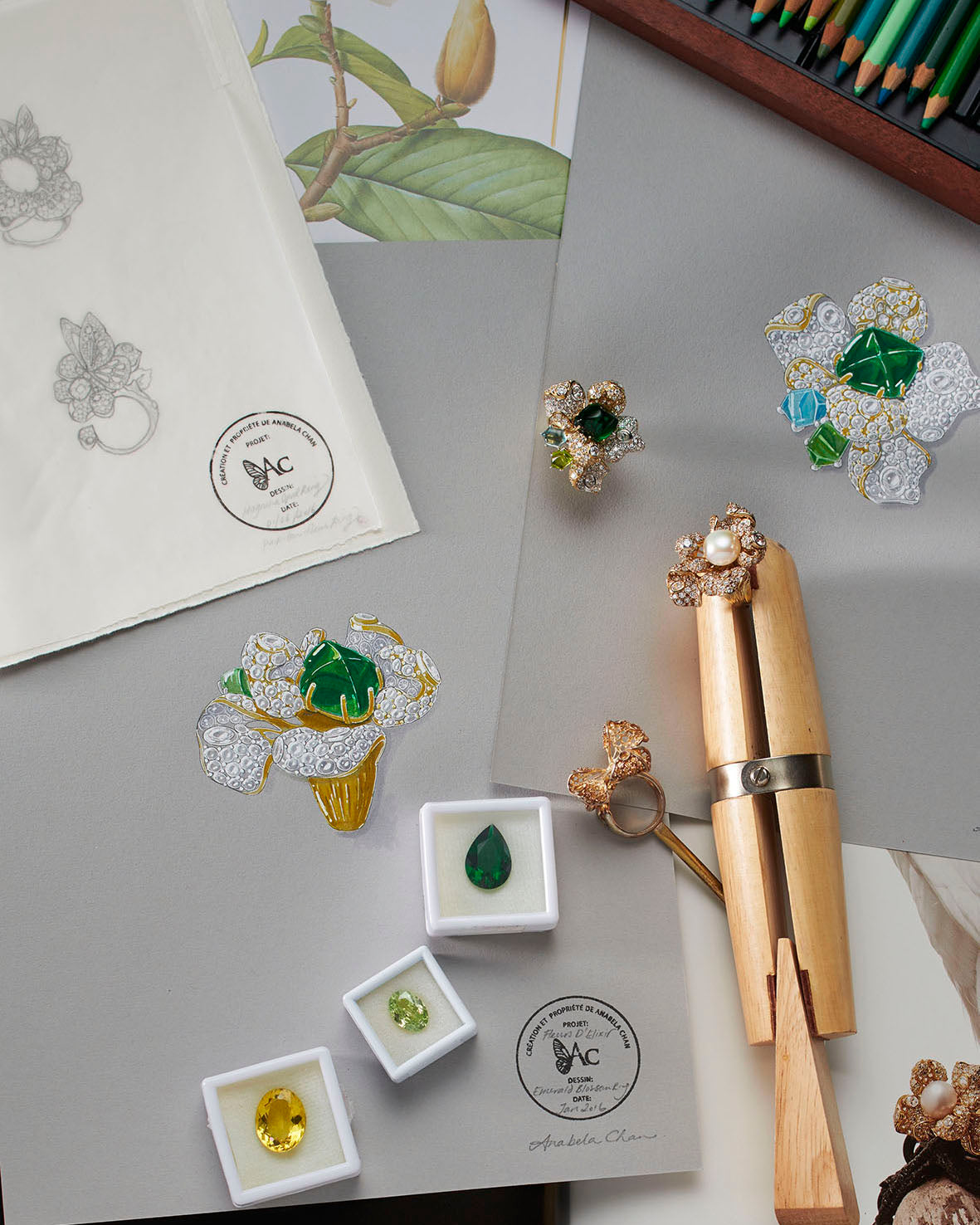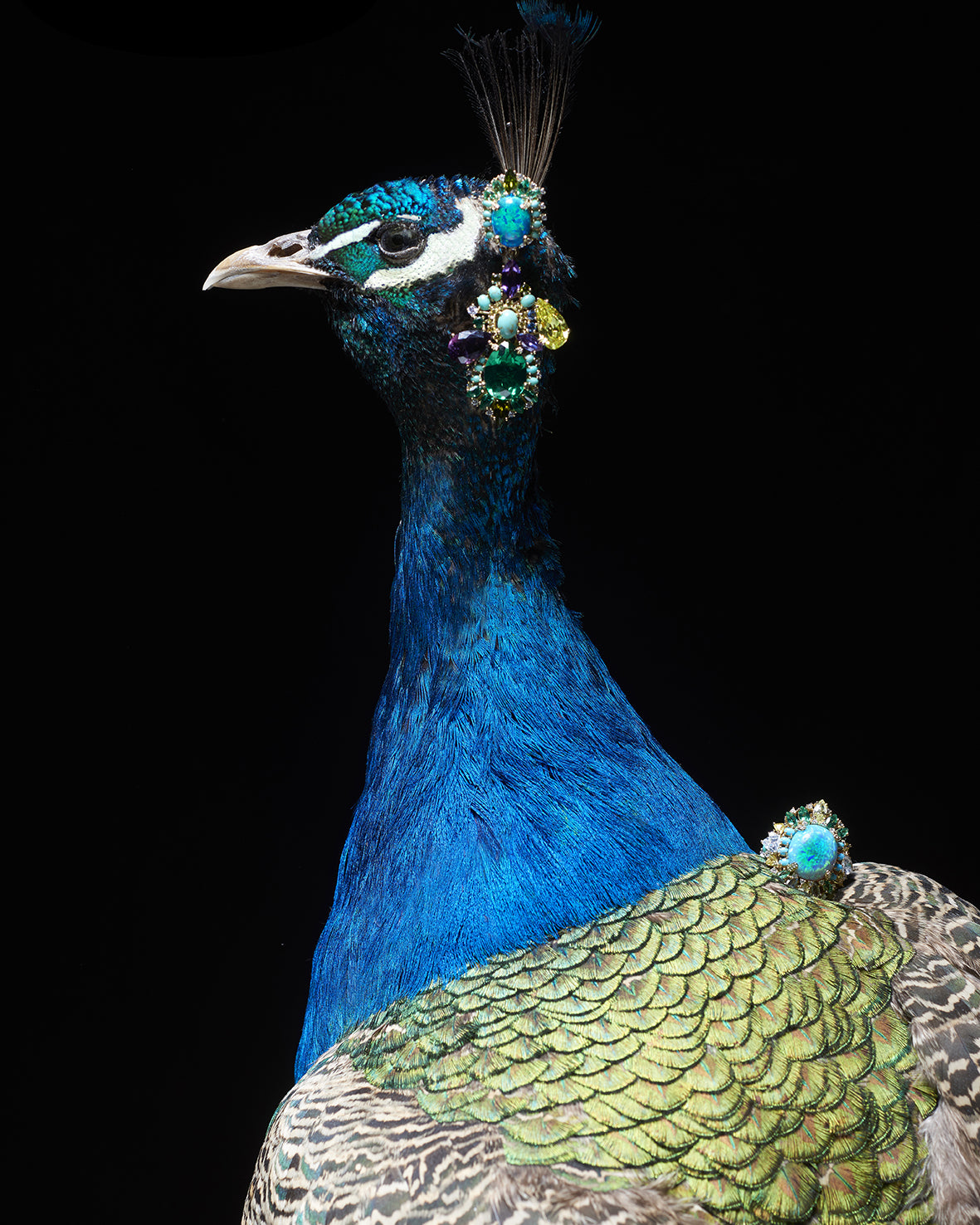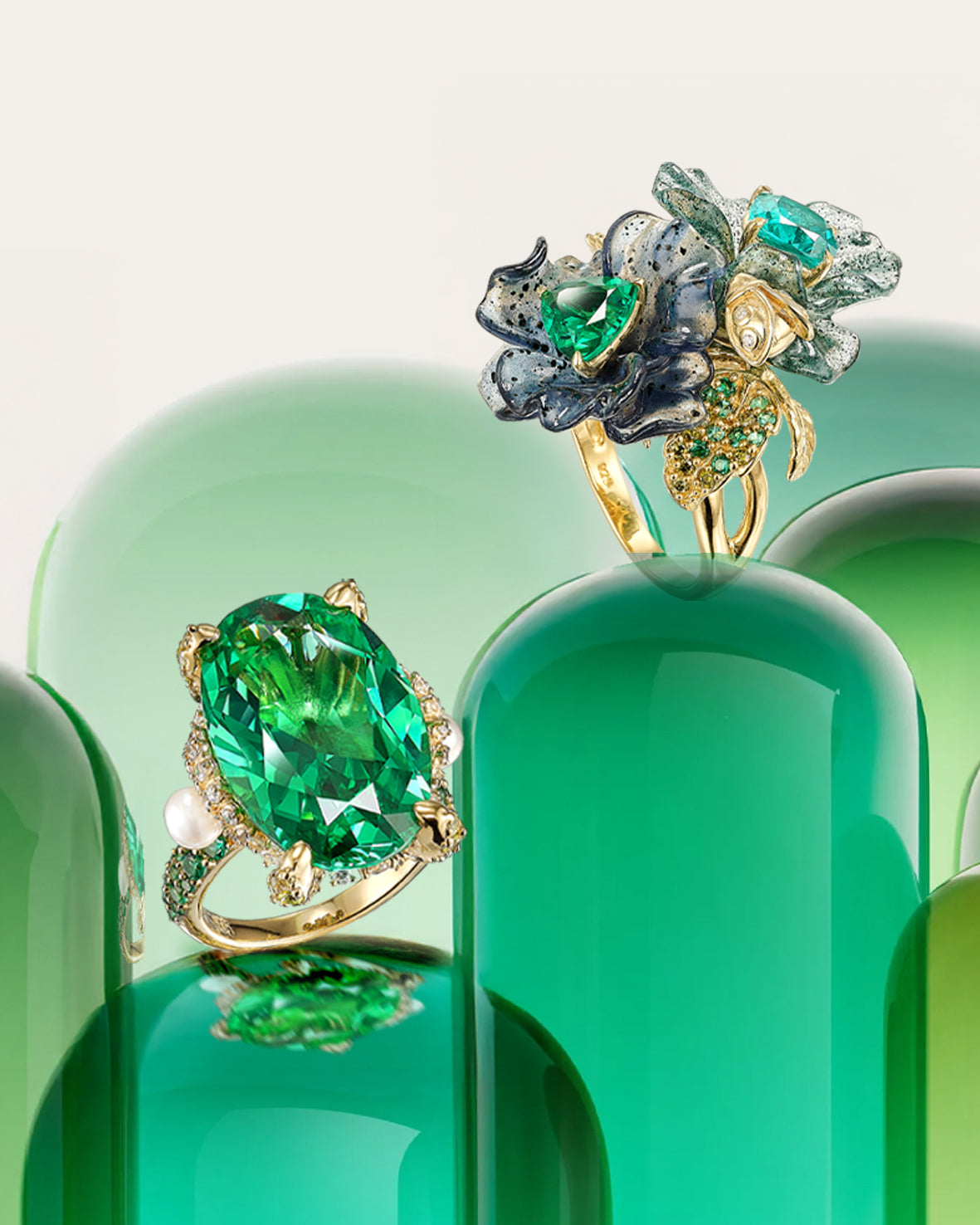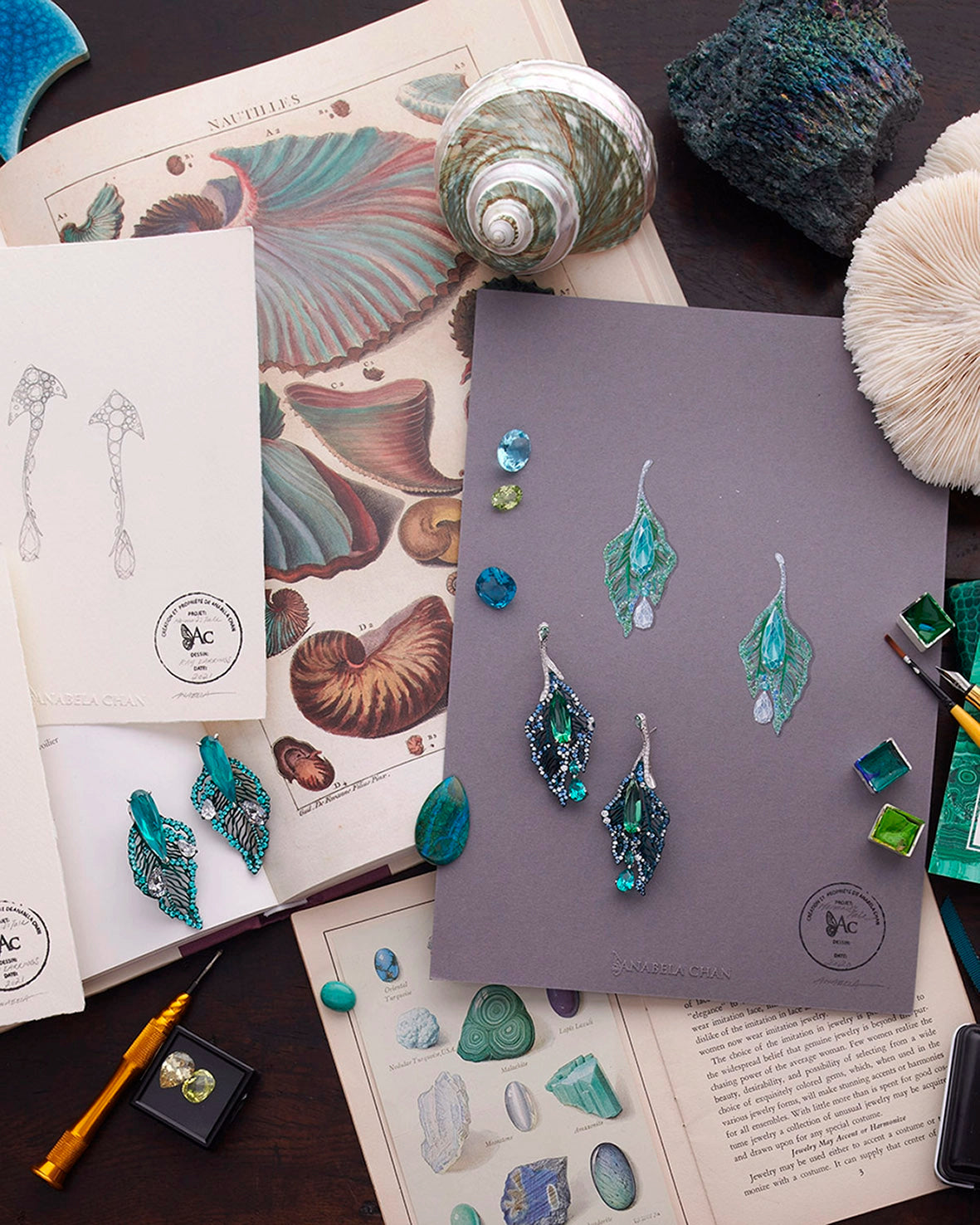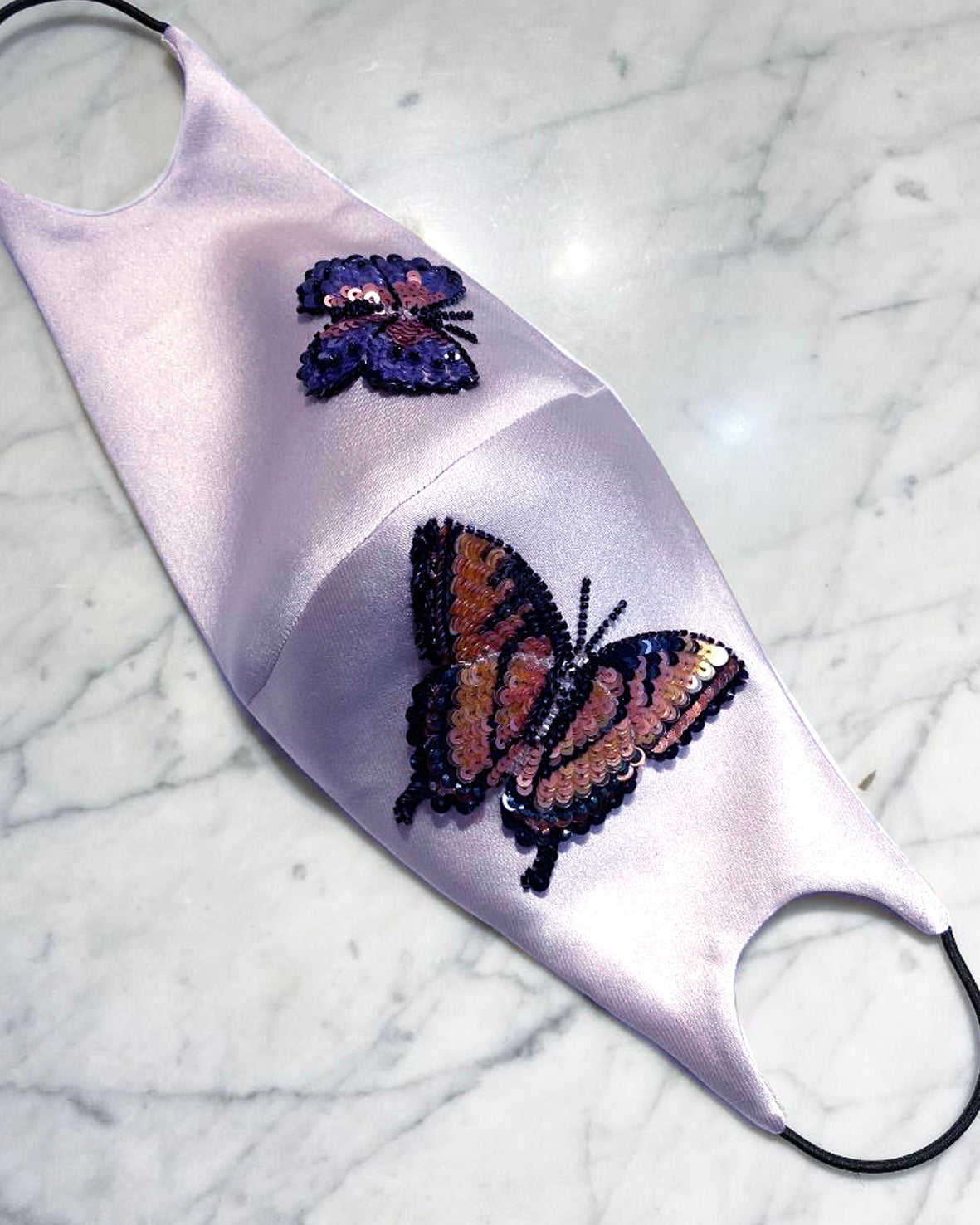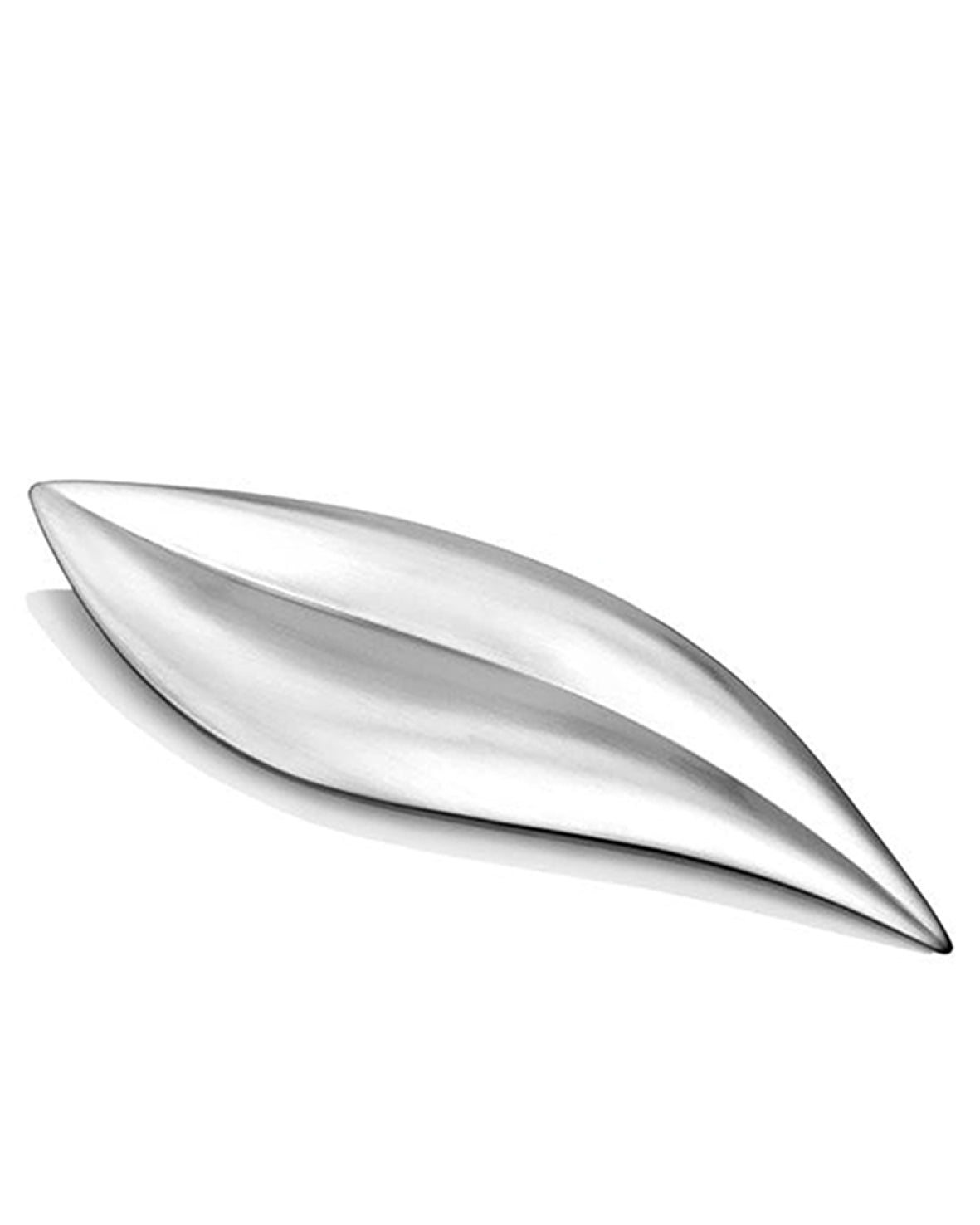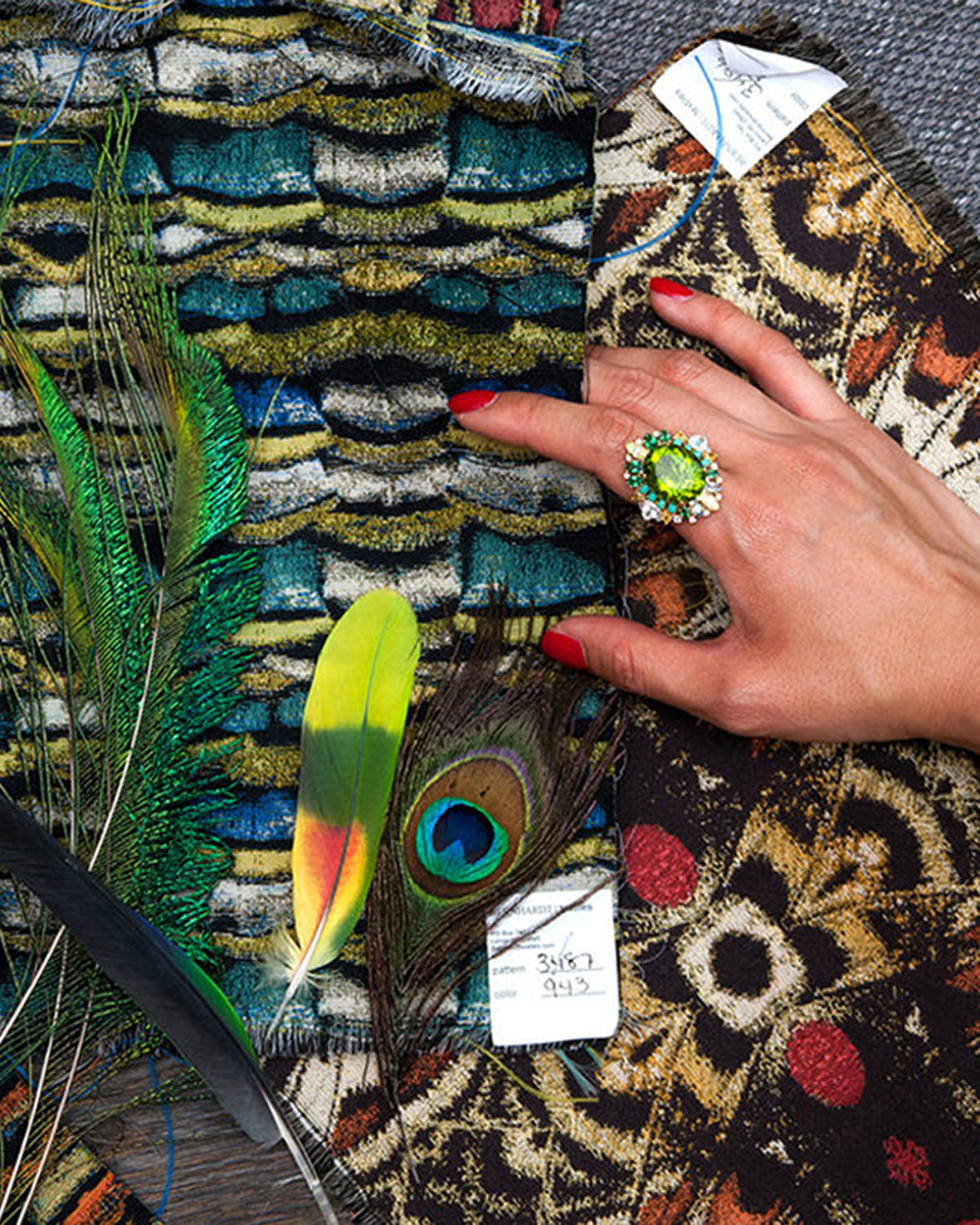Our Vision. Restoring Coastal Ecosystems.
Why the Ocean?
The Ocean has the power to reverse climate change. The Ocean produces up to 80% of the air we breathe. Coastal ecosystems such as kelp forests, mangroves and seagrass can sequester up to 20 times more carbon per acre than land forests.
One mangrove tree stores approximately 0.3 ton CO₂ over it's lifetime of 25 years, creates critical habitat for marine life and provides sustainable employment for local communities.
Why mangrove trees?
Mangroves protect coastlines, treat polluted waters, provide livelihoods and resources for some of the world’s poorest people and are home to an impressive number of species.
Why kelp forests?
Kelp forests are under water areas with a high density of kelp, which covers a large part of the world's coastlines. They are recognised as one of the most productive and dynamic ecosystems on Earth. Like land-based trees, kelp absorbs CO₂ in order to grow and is therefore a significant 'Blue Carbon' sink. Kelp has an incredibly fast growth rate of up to two feet per day, and exports a large portion of its biomass out into the deep sea, allowing kelp to permanently remove carbon dioxide from the atmosphere.
Why seagrass?
Seagrasses are flowering plants that live in shallow sheltered areas along our coast. Their leaves form large, dense meadows under the sea. Like the coral reefs and rainforests of the tropics, these underwater gardens are full of life, hosting many animals of different shapes, colours and sizes. Globally, estimates suggest we lose an area of seagrass around the same size as two football pitches every hour. Protecting what is left is vital.
Seagrasses occupy 0.1% of the seafloor, yet are responsible for 11% of the organic carbon buried in the ocean. Seagrass meadows form the basis of the world’s primary fishing grounds, supplying 20% of the world’s fisheries. They provide vital nutrition for close to 3 billion people, and 50% of animal protein to 400 million people in the third world.
Discover More
- Choosing a selection results in a full page refresh.





